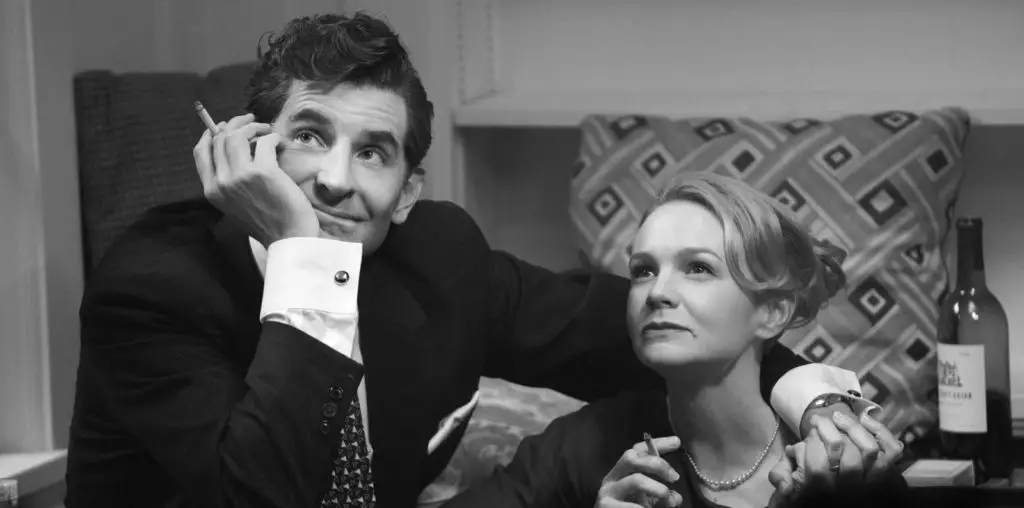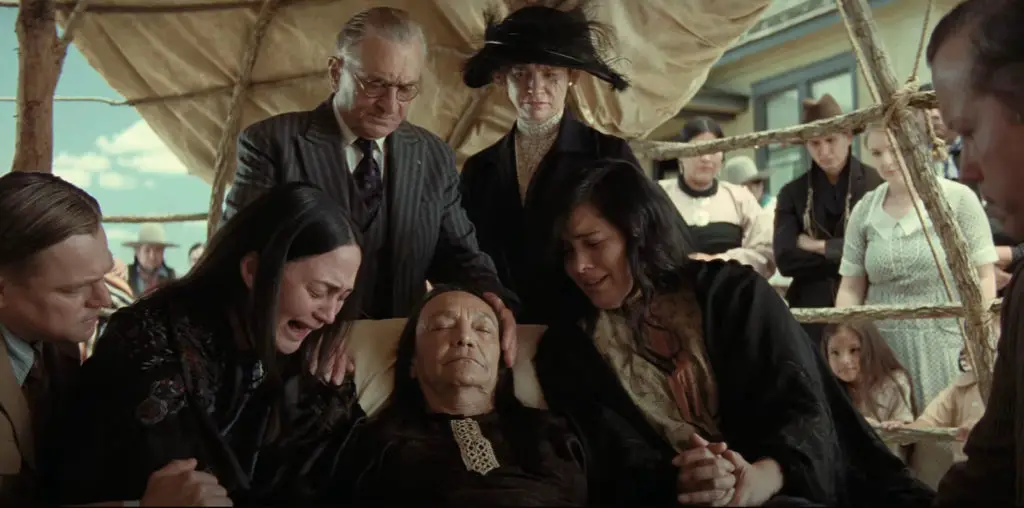
Explore Minoxidil’s effectiveness, uses, and potential benefits in treating hair loss. Learn how this product can help you regain thick and healthy hair Black Tape-In Hair Extensions!
Minoxidil: A Guide to Its Role in Hair Loss Treatment
When reclaiming lost hair, Minoxidil for hair growth stands out as one of the most recognized and effective solutions. Let’s start this comprehensive guide by delving into Minoxidil’s essence, historical backdrop, diverse formulations, and central role in addressing hair loss. By the conclusion, you will possess the information necessary to make an educated choice.
What Is Minoxidil?
Often, the question arises: is there a real hair loss cure? Although no treatment can promise the complete restoration of lost hair, oral Minoxidil for hair loss has displayed substantial potential. Functioning as a vasodilator, it widens blood vessels. Originally employed to manage high blood pressure, it was stumbled upon due to an intriguing side effect: the stimulation of hair growth.
History and Initial Uses
The narrative surrounding Minoxidil is truly captivating. Initially formulated as a remedy for ulcers, it fell short in clinical trials. Nevertheless, it exhibited additional advantages, notably in managing hypertension (high blood pressure). Before long, observers began to take note of another unintended outcome: the regrowth of hair. Thus, Minoxidil for hair growth became the focus of research and application.
Composition and Forms: Liquid, Foam, and More
Choosing the right form of Minoxidil can be a crucial part of your hair regrowth journey. With options ranging from liquid to Minoxidil foam, it’s all about finding what works best for your lifestyle and scalp type.
- Liquid.
- Foam.
- Gel.
- Oral Tablets.
Maintaining a consistent routine becomes essential once you’ve selected the form that aligns with your preferences. For example, Minoxidil foam is often favored for its ease of application and quicker drying than the liquid version, making it a popular choice among many users. Sticking to a regular application schedule is crucial for maximizing the chances of successful hair regrowth, regardless of your chosen form.
How Does Minoxidil Work?
Minoxidil for men and women alike has demonstrated its effectiveness in treating hair loss in both men and women, but the question remains: How does it work? Let’s explore its mechanism of action and its impact on hair follicles to gain a better understanding.
The Mechanism of Action
Minoxidil for men expands blood vessels. By expanding small blood vessels, Minoxidil enhances blood flow, oxygen, and vital nutrients to the hair follicles. In a cascading effect, this heightened nourishment stimulates and prolongs the growth phase of the hair cycle, leading to thicker and more robust strands.
Effects on Hair Follicles
For those using Minoxidil for men, it’s particularly beneficial in the fight against male pattern baldness. This condition notoriously affects hair follicles at the top and front of the scalp. Minoxidil revives shrunken hair follicles, which can increase their size and the thickness of the hair shaft. It helps create a fuller, denser appearance, boosting your hair’s volume and confidence.

What Are the Benefits of Using Minoxidil?
As a male pattern baldness medication, Minoxidil offers many advantages beyond just hair regrowth. From improvement in hair density to psychological benefits, this drug has been a game-changer for many. Let’s explore these perks in more detail.
Improvement in Hair Density
One of the most celebrated benefits of Minoxidil is its ability to improve hair density. This solution revitalizes thinning hair and increases the diameter of individual strands. Consequently, a head of hair that once appeared sparse can begin to look fuller, more vibrant, and healthier.
Slowing Down Hair Loss
When considering how to apply Minoxidil, remember that consistency is essential. Regular application promotes new hair growth and plays a critical role in slowing down the rate of hair loss. By extending the growth phase of the hair follicles, Minoxidil helps maintain the existing hair and reduces further thinning.
Psychological Benefits
The impact of a fuller head of hair can be significant, and its psychological advantages shouldn’t be overlooked. Being able to stop hair loss can boost several aspects of your life:
- Improved self-esteem.
- Greater confidence.
- Enhanced social interactions.
- Less stress about appearance.
These emotional advantages frequently extend to other facets of your life, encompassing your social and career engagements. Utilizing Minoxidil to combat hair loss impacts your physical appearance and gives you the gift of renewed confidence.
Who Is a Good Candidate for Minoxidil?
Assessing your suitability for this treatment encompasses multiple considerations, including the type of hair loss you’re encountering and your age. Learning how to use Minoxidil effectively is also crucial for achieving optimal results. So, let’s delve into the individuals who stand to gain the most from this remedy for hair loss.
Age and Gender Considerations
Minoxidil is a versatile hair loss solution for individuals of both genders, although it is typically suggested for those aged between 19 and 66. Younger users may notice faster results with Minoxidil, while older individuals may experience a more gradual yet effective outcome when using this hair loss solution.
Hair Loss Types Suitable for Minoxidil Treatment
Although Minoxidil has demonstrated its effectiveness as a treatment for hair loss across different types, it particularly shines as a remedy for androgenetic alopecia, commonly referred to as male or female pattern baldness.
It is worth noting that the medication’s efficacy is comparatively lower when dealing with conditions like alopecia areata or hair loss resulting from chemotherapy. A healthcare provider can offer insights into whether Minoxidil is the right treatment for your specific type of hair loss. It keeps hair loss at bay.
What Is Oral Minoxidil, and Is It Safe?
Oral Minoxidil was initially prescribed for controlling high blood pressure. However, its effect of promoting hair growth led to its new role in hair loss treatment. Many people ask, “Does Minoxidil work for hairline?” Though it typically yields better results for the crown of the scalp, a few users have noted improvements along the hairline as well. Nonetheless, seeking guidance from a healthcare provider to address safety concerns is crucial, particularly when considering oral administration, as it can exert systemic effects.
How Long Do You Have to Use the Medication?
The duration of Minoxidil usage is not uniform and depends on factors such as the severity of hair loss and an individual’s response to the treatment. For many, sustaining the newly grown hair and preventing further hair loss becomes a long-term commitment. Stopping the medication can reverse any new hair growth, returning to the initial stage of baldness. Thus, it’s vital to recognize that Minoxidil often demands continuous application for lasting advantages.
(Sponsored)






what the f**k is this